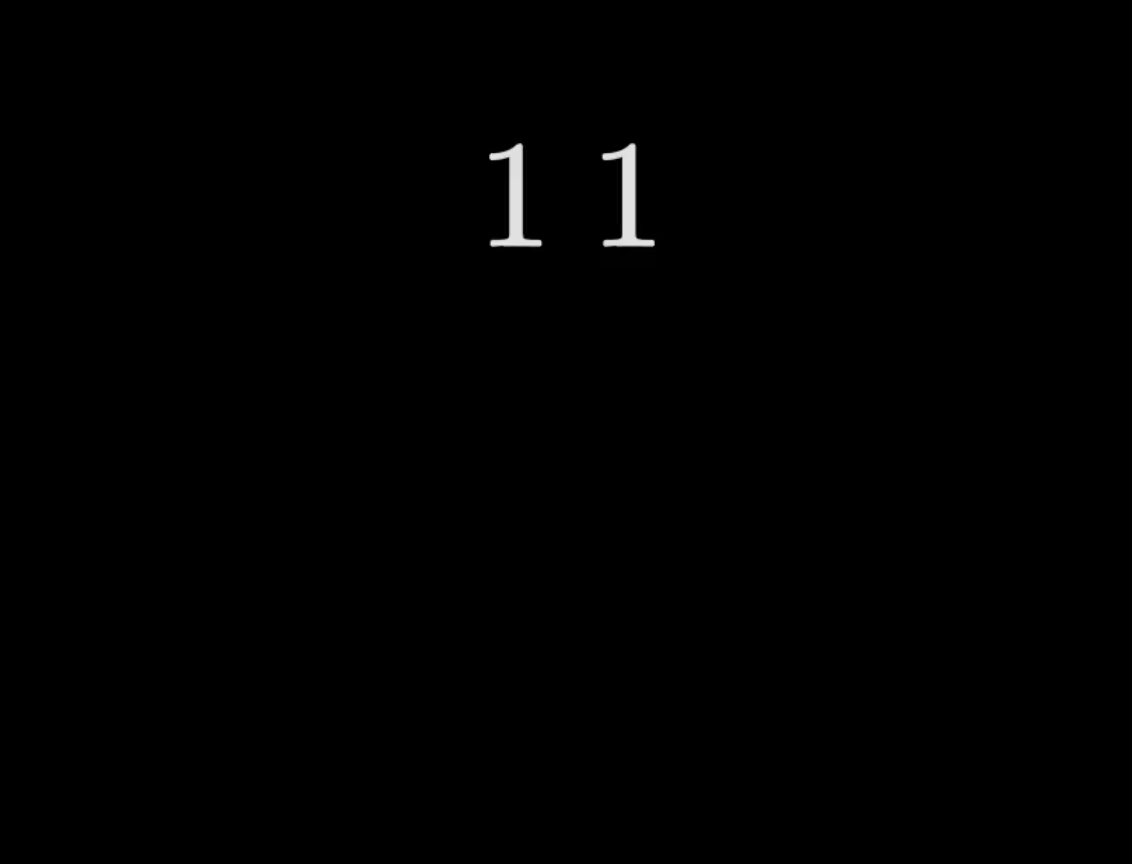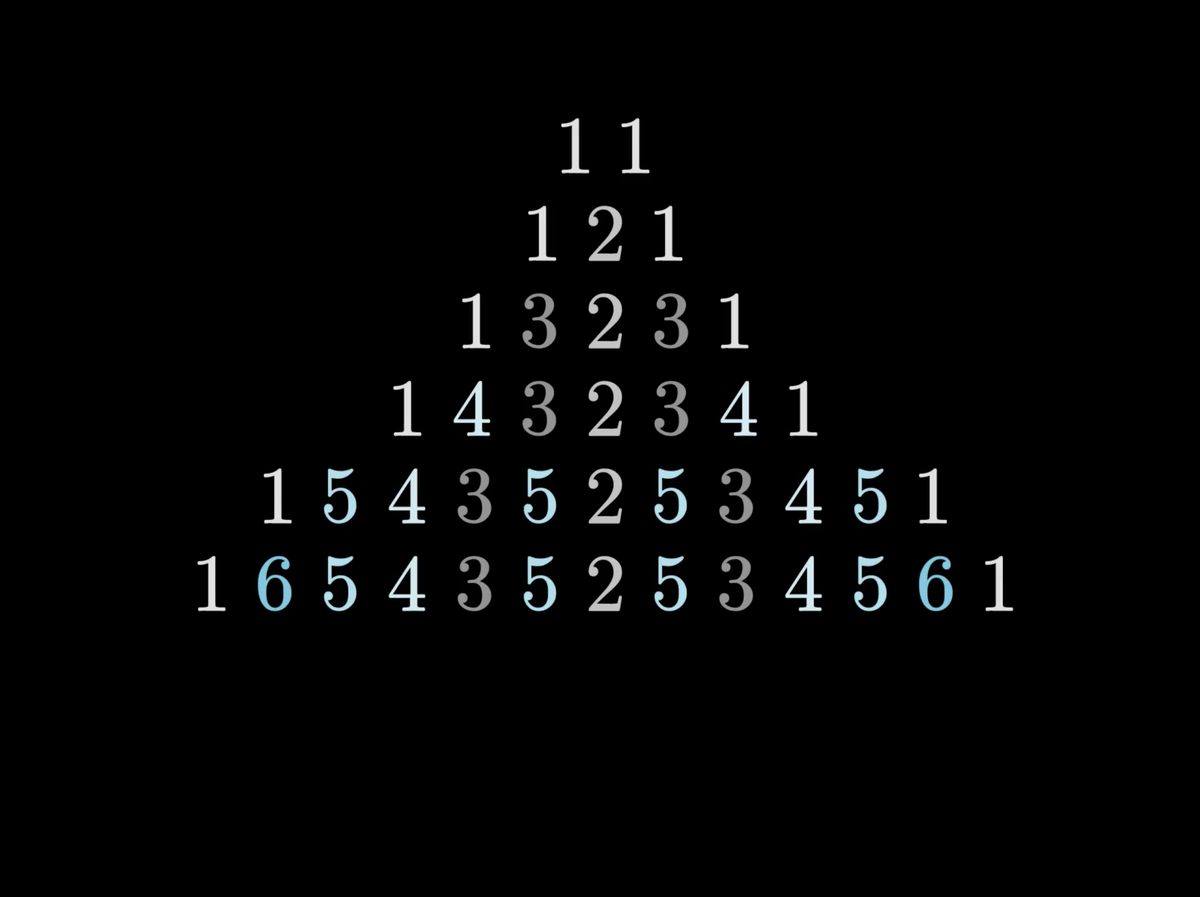3
5
7
11
13
19
23
29
I just saw this in Richard Guys "The Strong Law of Small Numbers" (which I was looking at via @AlexKontorovich and @lpachter).
Also sadly, I don't have a very good answer for what's going on. There's a nice partial answer, but not one that leaves us with much satisfaction for what primes are doing here, other than to say "coincidence".
The rule for generating new rows above is just a cute fact arising from how the fraction sitting between (a/b) and (c/d) in such a sequence looks like (a+c)/(b+d).
0/1, 1/5, 1/4, 1/3, 2/5, 1/2, 3/5, 2/3, 3/4, 4/5, 1/1.
(Also, fun fact, the length of a Farey sequence asymptotically approaches 3*n^2 / pi^2)
There can only be so many patterns among small numbers, so some are bound to collide.












